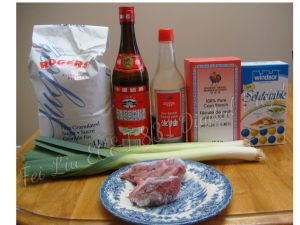This is the metaphor for a good story in China: Phoenix’s head, which means a fascinating opening; pig’s tripe, which means a rich content in the body; leopard’s tail, which means a simple but powerful.

Photo by kennymaticLicense Attribution 2.0 Generic
Photo by Jim Champion License Attribution-ShareAlike 2.0 Generic
Photo by ed glickman License Attribution 2.0 Generic
I’m so glad to learn from Alan Levine who shared with us lots of fresh ways of storytelling. Group random presentation introduced by him, which is an activity to create a story according to random pictures by group members,such as http://Pechaflickr.cogdogblog.com/, is pretty cool for motivate students and stimulate creativity.
Story Telling With Data is also interesting for me. In China, people usually think the students who are good at math aren’t good at language expression. By contract, students who learn Chinese well can’t learn math well. Using the method of telling story with data undoubtedly combines Math and Chinese to practice both logical thinking and expressing. It’s really a good idea for Chinese education.
Like many of my classmates, I was also inspired a lot by 50+ Web 2.0 Ways to tell a story. The first time I thought of doing something on-line to tell my story. Then I looked through all my cat’s photos in these years and picked out some of thousands of them, created a photo slide show with caption. I chose the tool PhotoPeach, and my final product is as following:
Migua’s Changeable Life
I also found that my classmates had more and more creative ideas of telling their stories, such as Jackie Sakatch’s Playing with Puppet Pal 2, and Shaela Kuntz ’s 365 & 1 Second.
Story telling is such an attractive way of communication that help people to learn from each other!















